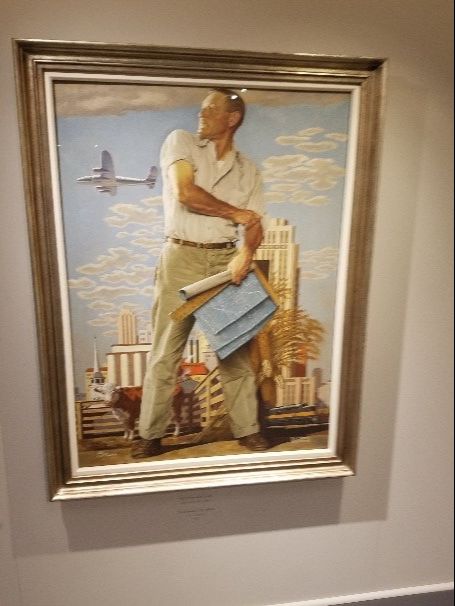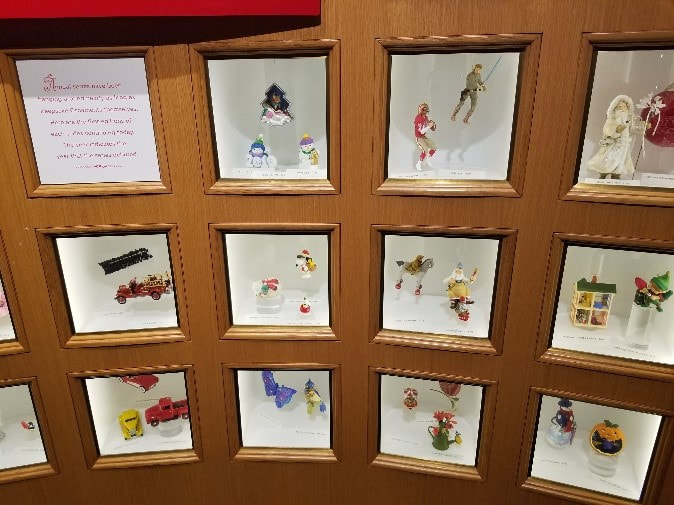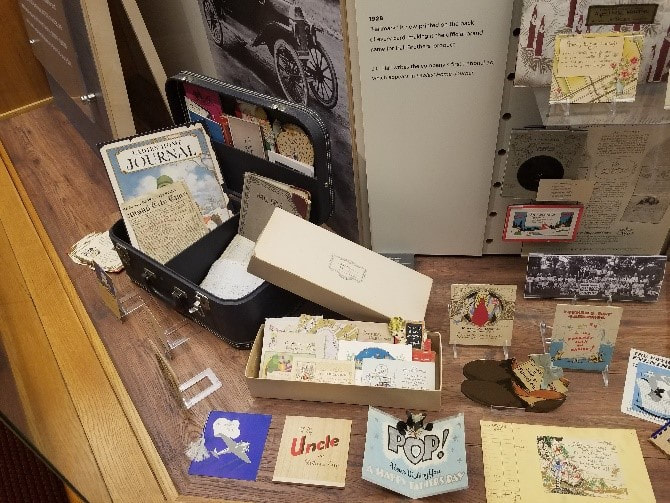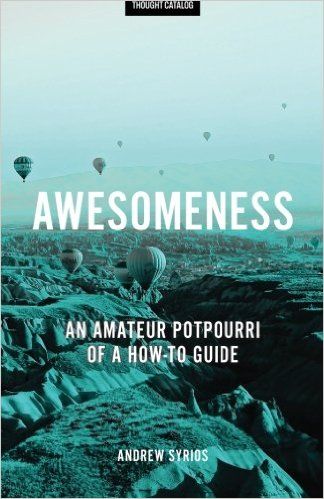|
I visited the Hallmark Museum in Crown Center, which is a large commercial complex near downtown, Kansas City with many shops, restaurants and the like. It was originally conceived of and built by J.C. Hall, who founded Hallmark in 1910. Today, Hallmark is one of the largest privately-owned companies in the world, with approximately four billion dollars in sales and 28,000 employees.
Hallmark has expanded since its founding and currently has six large divisions in its portfolio; greeting cards, retail and gifts, home and garden, Crayola (and their famous crayons), Crown Media and Crown Center Development. Recently, they acquired Dollar Tree and all its 13,000 stores, which will make for a great mode of distribution. The Hallmark Museum pays tribute to the company’s history and all of its various achievements. Hallmark’s History The first stop in the museum is a 14-minute video on the history of the company. As noted above, Hallmark was founded by J.C. Hall in 1910. He started the company as a postcard venture. One of the first methods J.C. Hall used to gain customers was an ingenious marketing method, albeit a bit shady. He mailed out unsolicited postcards with invoices to various companies. Those who wrote a check became his first clients. In 1915, Hallmark added greeting cards with envelopes. It’s amazing how things we take for granted today were new innovations not that long ago. Needless to say, the greeting card with an envelope idea took off. In 1917, they added gift wrap, which is another thing we take for granted nearly 100 years later. It all goes to show that innovation is critical in any industry, even one that would normally be thought of as relatively simple; such as gift cards. The company ran into hard times during the Great Depression, but was able to get through it. J.C. Hall then passed the business on to his son Donald Hall and daughter Barbara Hall. Donald’s two sons, Don Hall Jr. (CEO) and Dave Hall, Jr. (president) now run the company. During this time, they all had a very close connection to Kansas City, where J.C. Hall had moved to at the beginning of the 20th century and where Hallmark’s headquarters is still located today. J.C. Hall built Crown Center in an effort to revitalize Kansas City’s downtown area. And he had a close friendship with both Walt Disney and Norman Rockwell. In 1951, after a terrible flood, he asked Norman Rockwell to create a painting that embodied the essence of Kansas City and would help the city rebuild. Rockwell followed through and named his painting “The Kansas City Spirit.”
Hallmark’s History of Creativity
Hallmark has a long history of creativity, both in the products it creates and the business model it enacts. Indeed, J.C. Hall famously said that “money will take care of itself.” The method they used was very similar to the Empathic Design method that Dorothy Leonard and Jeffrey Rayport would formulate many years later, although it was more participatory like the way that IDEO specializes in. Empathic design involves observing customers in their “natural environment” to find out what they need and want. Often times, customers don’t even know what they would want. But this method of observation can determine what the problems are and that can inspire potential solutions. J.C. Hall would go out and simply talk to people about what they wanted. Donald and Barbara Hall visited stores all over the country to see how their cards came off to customers. And Donald Hall had worked in every part of the company before becoming its CEO, so he had had a good chance to observe both the business operations and how the customers actually used their products. By using this method, J.C. Hall came up with the idea for gift wrap, because he figured out many of his customers valued privacy. Later, they discovered that by expanding their cards to include themes more relevant to African Americans, Jewish Americans and other underserved minorities, Hallmark could expand its opportunities to reach new customers. Today, Hallmark still uses this method and has recently released its “Just Because” line of cards. These cards don’t come along with a holiday or occasion, which means they can sell cards that aren’t just associated with things like Christmas or birthdays. But furthermore, when people receive cards on special occasions, they don’t feel as special because there is a sense that such cards are obligatory. A card that is just sent of the blue can be much more meaningful in that sense. And remember, J.C. Hall and Walt Disney were friends. Walt Disney’s motto to “make people happy” was very much shared by J.C. Hall and his children. The Creative Process at Hallmark Obviously, when you have a company that creates artistic works —from cards to toys to movies —creativity is a huge part of the process. Throughout the museum was a wide display of the many pieces of work that Hallmark employees had put together over the years.
Interestingly, many of the artists and creators described a method of creativity that is more similar to The Young Technique. The Young Technique involves gathering information, then dropping it for a while only to return to it when the idea comes back to mind.
Another video at the museum interviewed many such creators and what they said about how they found inspiration really fits that mold: “Ideas come from anywhere.” “Some of my best ideas come while I’m in my hammock.” “I get a lot of ideas by going out into nature.” “Ideas come to me by watching people on the subway.” “Ideas come in the shower or while driving.” The general theme was that you can’t force creativity and that, as one artist put it, “ideas come from any number of sources.” Sitting in a room with a pen and pad is not what Hallmark recommends and is not how most of their employees find their inspiration. This strategy of getting ideas from anywhere and often dropping them to do something else and seeing what they look like when they come back, has allowed Hallmark to come up with all sorts of creative cards, toys and trinkets as well as movies and television shows after they started The Hallmark Channel in 1951. Conclusion Hallmark is a company that has been built on creativity. Not only is their output primarily of a creative origin, but their business strategy has developed organically with many very creative ideas. Indeed, J.C. Hall was seen as a branding genius and for good reason. He was one of the first to consistently put Hallmark’s label on their cards and thus gain visibility and build a reputation among the general public. That skill for branding and creativity has stayed with the company and allowed it to grow into one of the most successful businesses in American history. The documentary they showed was an updated and slightly longer version of this one you can find on Youtube:
Comments
|
Andrew Syrios"Every day is a new life to the wise man." Archives
November 2022
Blog Roll
The Real Estate Brothers The Good Stewards Bigger Pockets REI Club Meet Kevin Tim Ferris Joe Rogan Adam Carolla MAREI 1500 Days Worcester Investments Just Ask Ben Why Entrepreneur Inc. KC Source Link The Righteous Mind Star Slate Codex Mises Institute Tom Woods Michael Tracey Consulting by RPM The Scott Horton Show Swift Economics The Critical Drinker Red Letter Media Categories |



 RSS Feed
RSS Feed


